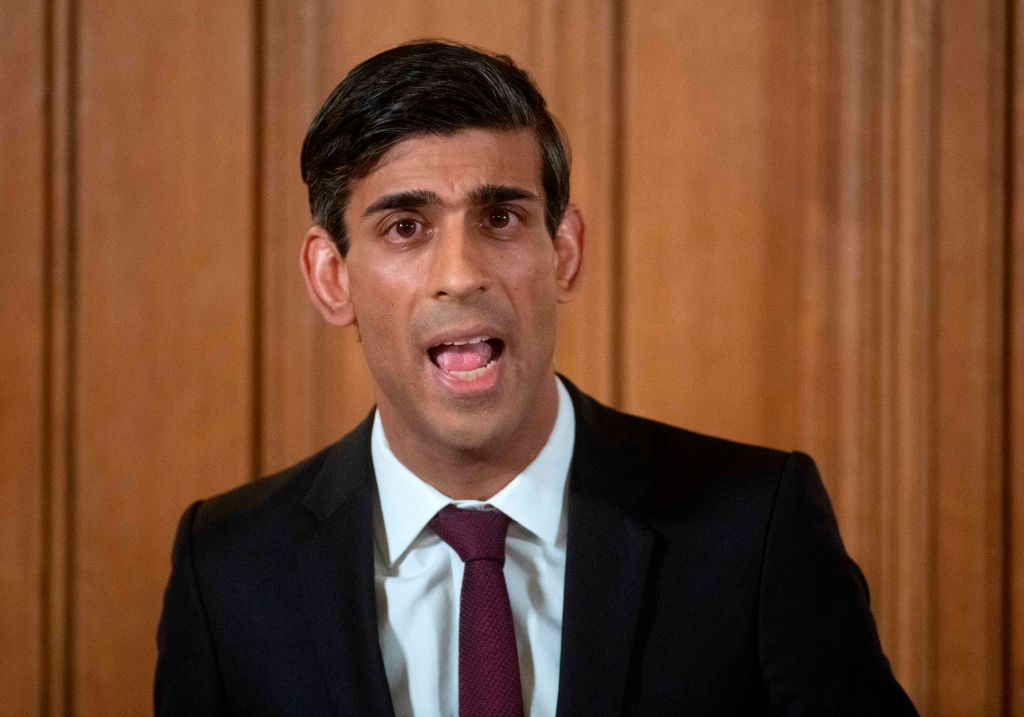Ten billion? Twenty billion? Thirty billion? To borrow a phrase from the American senator Everett Dirksen when scrutinising the escalating costs of the military, ‘pretty soon you are talking about real money.’ Chancellor Rishi Sunak has already thrown huge sums of money at rescuing the economy. He may well spend a lot more over the next few weeks. You can argue about the rights and wrongs of that. But one thing is already becoming clear, and the more you pause to think about it the more worrying it becomes. It is already looking like he has hugely miscalculated the cost.
Figures out today suggest that up to half the UK workforce may be furloughed on the Government job retention scheme, under which staff can be paid 80 per cent of their salary up to £2,500 a month and their employer can claim the cost back from the Treasury.
According to the British Chambers of Commerce 44 per cent of companies plan for at least half their staff to be furloughed. The CIPD, the trade group for human resources professionals, reckon it will be taken up by more than half of all companies. In other words, very soon at least half the private sector workforce may be on the scheme and perhaps more.
That wasn’t quite the plan. The Treasury expected it to cover about ten per cent of the workforce. That would be about three million people. And over the three months it lasts that would cost roughly £10 billion. But if it ends up covering five times that number – that is 15 million people – then it will end up costing £50 billion. And of course, it could well be higher. The scheme may well have to be extended. After all, it seems rash to imagine that every company can get back to working completely normally in June. So the final bill might be somewhere between £50 billion and £100 billion. At this rate HS2, whose workers have presumably been furloughed, will look cheap by comparison.
The same will be true of all the other schemes the Chancellor has offered. The self-employed may need a lot more support than currently proposed, the airlines might need a bail-out, and tax holidays might need to be extended.
The problem is the Treasury doesn’t really understand how either companies or people work, and so it consistently under-estimates the take-up. Many business owners will have decided to put staff on furlough as a precautionary measure. After all, if the Treasury is offering to pay their wages why not (the ability of the British entrepreneur to trouser any subsidy going should never be under-estimated)? Likewise, anecdotally, it seems many workers are asking to be furloughed. It might come as a surprise to Sunak and the Number 11 mandarins but lots of people don’t really like their jobs very much. If they can get 80 per cent of their pay for doing nothing that is a pretty good option.
Sure, it was necessary to give out free money to get through this crisis. We needed to find a way of stopping companies from going bust and we needed to do it very quickly. There was not any real alternative. But any kind of subsidy also changes the way we behave, and often very quickly. In truth, it is already clear the Chancellor’s rescue packages are going to be vastly more expensive than he expected, and he needs a plan for ending them as soon as possible.






Comments